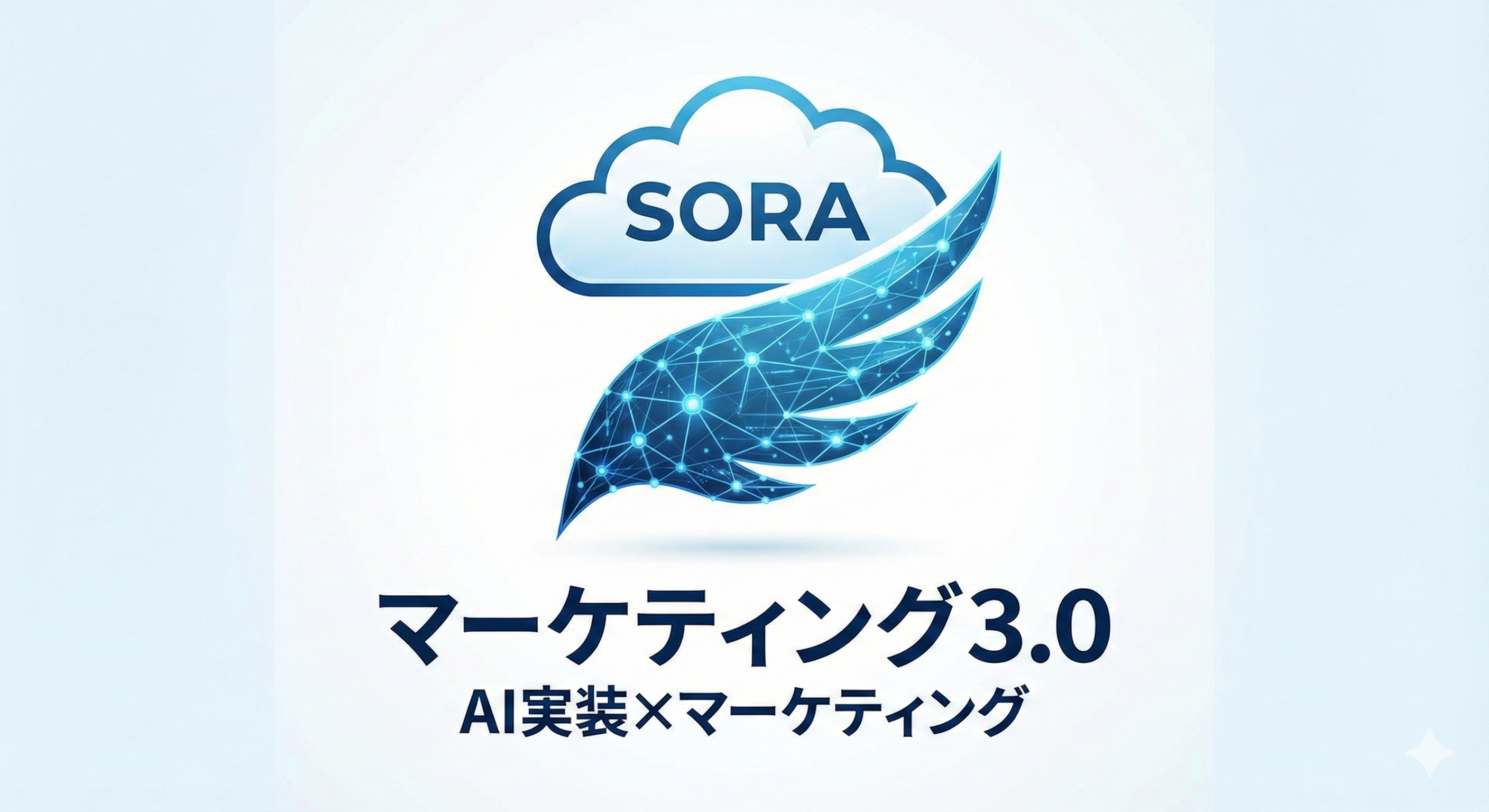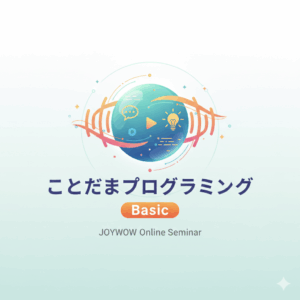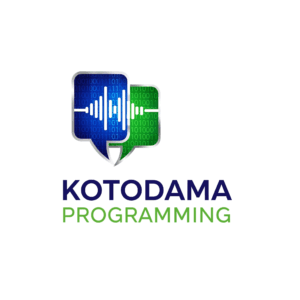昔のウェブサイトを探し出すサービスを利用して、発見。
2000年4月19日、ニューヨークのNYU Sternで行った講演内容のテキスト。
いつ消えるかわからないので、記録として、ここに残しておきます。
旭化成を卒業し、ニューヨークに渡った3日後くらいじゃなかったかな。
この内容、書き下ろしデビュー作品『パーミション・マーケティング・セミナー』(→)
とほぼ同じです。
このあと、セス・ゴーディンとの対談を経て、『パーミション・マーケティングの未来』(→)
へと発展します。
|
e-Marketing—– The Emerging Festival Market ;New Marketing in Mobile Age
|
|
April 19, 2000
(1) e-Economy; (2) Festival Market; (3) Vision; [Chapter1 e-Economy] “e” has 2 meanings In the e-Economy,organizations and consumers are on the same level. There is no demarcation line between them. Okay, let me outline the e-Economy. In the traditional economy, the key currencies are the dollar, yen, mark, etc. In many big Japanese cities, like Tokyo and Osaka, the vendors and tenants on the 1st floor of buildings tended to be banks. But in the last few years, banks have moved from these “primary locations” in town to less central ones. Reason; from banks to…….. The Internet has gone to–as we say in Japan– “3-less”, wireless,PC-less,and Internet-less. (1) Wire-less;portable devices like the Palm-pilot, the i-mode, etc are wire-less. “INTERNET” is associated with such notions as “hard to use”, or with “the difficulty of operating PCs”. Yet the i-mode’s use of interface is the same as that of telephones. That is the reason for the i-mode’s popularity. Here are two samples. When Japanese people say “telephone”, it means “cellular phone”. This March, the number of cellular phones has exceeded traditional phones in both business and home-use combined. What is “the i-mode”? i-mode subscribers are increasing by 20,000(twenty thousand) per day! TWENTY-THOUSAND A DAY! Has any other product or service achieved such expansion ? With the i-mode, subscribers can ; * reserve airline and concert tickets; check their bank balances; transfer money,etc Since the i-mode is based on a packet-data transmission (9600bps) system, subscribers <e-Economy: the characteristics of consumers> Consumers in the e-Economy; <Market characteristics of the e-Economy> Customers and organizations are on the same level. No secrets. Open and immense knowledge; ultra high speed In the e-Economy market; Business opportunity is determined by consumer demand. <amazon.com. what?> <Reason it’s not “book.com” but “amazon.com”> In 1998,when I bookmarked amazon, the brand’s tag line was “Earth’s biggest bookstore”. Today, it is ” Earth’s biggest selection”, meaning that amazon will help consumers to a selection that can enrich their lives. Amazon may change the way of doing retail business. Organizations are defined by consumers’ needs. To those who like books, amazon is a bookstore; to those who like auctions, amazon is an auction site; to those who like music, amazon is a CD shop……. <Reverse market> priceline.com —http://www.Priceline.com/ Consumers decide prices by themselves. [Chapter 2 The Emerging Festival market] The gap between organizations and consumers is going to disappear. How can I best express the characteristics of this new market? A phrase comes to mind. “Festival market”. As you know, anybody who joins in is a major player. There is no distinction between administrators and joiners. Case #1:Indomen (Indian noodles http://www.foods.co.jp/) Foods foo is a food website. 300,000(three hundred thousand) people access this site per month. Their magazine has 45,000(forty-five thousand) subscribers. Foods foo gave a cup–of–noodle contest last year. Over a thousand ideas were collected! Then a vote was held. Case #2:My book “My book” is a self-created book. No writer, no contents! Blank page after blank page…..Only the dates are printed. Readers provide their own contents! But 300,000 (three hundred thousand) copies have been sold! Case #3:Epinions.com Epinions.com is a review site. Reviewers on this site are not professional. They are all amateurs. We can see many reviews on products or services, covering a wide variety of categories. Characteristic of the Internet, there is no king, no president. Reviewers are reviewed by other reviewers. Case #4:Imaginary electric household appliances (http://www.coi.co.jp/) [Chapter 3 Vision] Is the Internet an airplane or other means of conveyance? —No. Or shoes that can take you a short distance? —No. How about a pair of Japanese Geta? Yes! A pair of geta, i.e., wooden clogs, is traditional Japanese footwear. When do we wear them? We wear Geta after we check in to the onsenryokan, i.e., a Japanese style hotel. This idea of “checking in” is crucial, because it signifies our official entrance to the hotel, at which point we change from our formal clothes to the more informal yukata & Geta. However, this informality imposes its own limitations, since we can not travel such a great distance while wearing these traditional Japanese clogs. Likewise, e-commerce is similarly restricted in the same ways that traditional business always has been. This means that, for all of our technological advances, we must nonetheless get back to basics. <get back to basics> <Three-pronged approach to success> We should pursue a three-pronged approach to success, which consists of these three key points; contents, context, and delivery. Three riches to win in the e-Economy (1) Story-rich (2) Context-rich (3) Delivery-rich How a click of your mouse results in a product on your doorstep. Orders to Amazon.com flow through one of nine worldwide distribution centers and follow a highly automated system that keep books, cds, videos, toys, electronics, home-improvement products, and software moving from the shelves to the homes of millions of customers. The system goes like this: Videos, dvds, and cds, for example, are arrayed along a merchandise rack in a huge warehouse. When a customer places an order through the Amazon.com Web site, a worker, known as a “picker,” is alerted by a red light over the product that has been ordered. The worker places the item in a green bucket that moves on a seemingly endless conveyor belt to a battery of chutes. It is not uncommon, particularly during holiday gift-buying season, to see hundreds of pickers pushing around carts piled high with books and other products destined to land under thousands of Christmas trees. The order then moves to a line of wrapping stations that sit at the end of chutes coming down from the conveyor belts. Workers fit the product into a protective layer of airbags, which absorb the blows packages may receive as they move from the warehouse to the customer’s home. “The Internet can make new value” SPB; three principles to win in e-marketing (1) S; Settlement <S;Grab the best mode of settlement> Internet users hesitate to input their credit card numbers due to security concerns. I-mode users do not have to input anything to enjoy services. Service bills will be charged to them as telephone charges. This is the most successful aspect of the i-mode. S;Cyber Currency Case : “e-gold” e-gold is the first electronic currency that unleashes the potential of worldwide e-commerce. Everybody can trade with each other via an e-gold account. It is critical to understand the possibility of new trade with no real cash-based currency. We don’t have to use the dollar, yen, mark, and so forth. We need only an e-gold account and it can be done online. <P;Pay for what?> “e” stands for “esteem” “r” stands for “real cash” You must decide which value you seek, “e”? or “r”? Three years ago, my friends and I initiated a new Net business- “Knowledge market”. We thought that being held in high esteem by the business community would translate into real cash. But we were wrong. The esteem of the community remained just that esteem. Changing esteem into real cash is no less concrete an exchange than connecting dollars into yen. Like the characters in the movie “the Matrix”, we have to find the telephone booth that connects “e”-esteem and “r”-real cash . Success in the i-mode depends on this “telephone booth”. Users must understand that they aren’t paying for service charges but for telephone charges. <B;Build Brand> (1) a distinctive position in the mind of customers and consumers Build the eBrand! [Conclusion] (1) get back to basics The main purpose of this speech is to encourage you to get back to basics. It is crucial,regardless of whether you are in a dotcom business or a notcom business. There is no difference. The use of Japanese examples to illustrate these points and reinforce these assertions may at times have given it an exotic flavor, but that is ultimately of no importance. The three-pronged approach and the principles of e-marketing (SPB) know no national boundaries. Fortunately for all of us, they are universal. Thank you. “e-Marketing—– Emerging Festival Market New Marketing in Mobile Age” written by Keiichi Sakamoto |
|
|










コメント